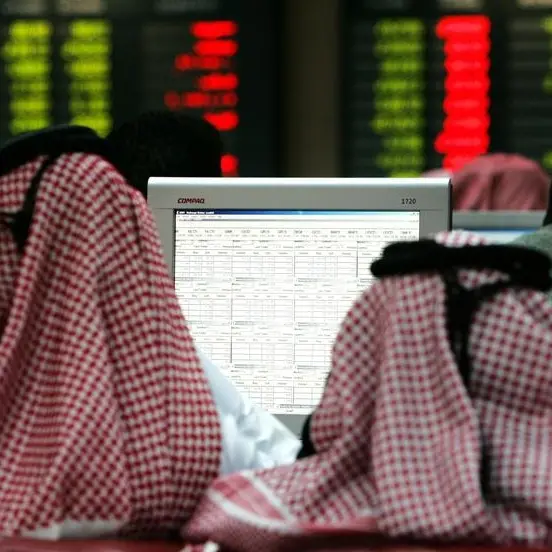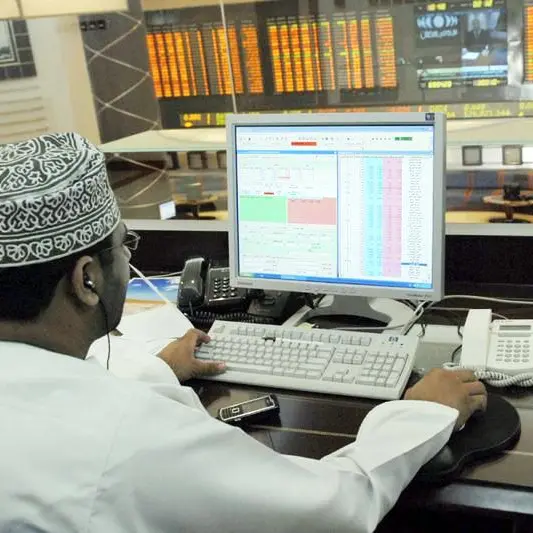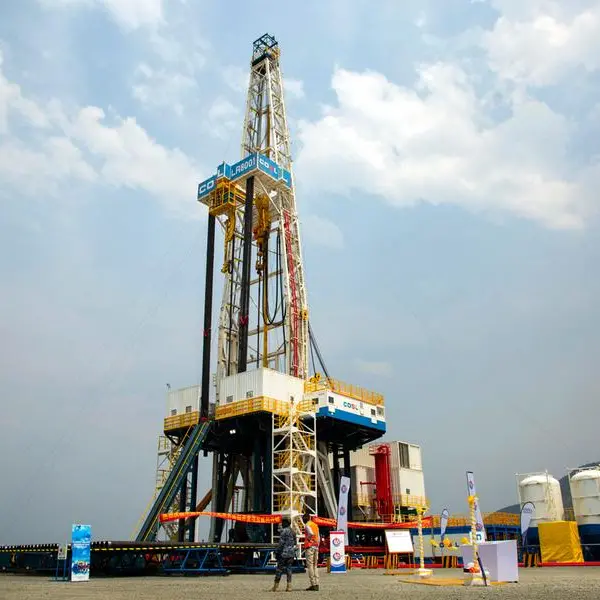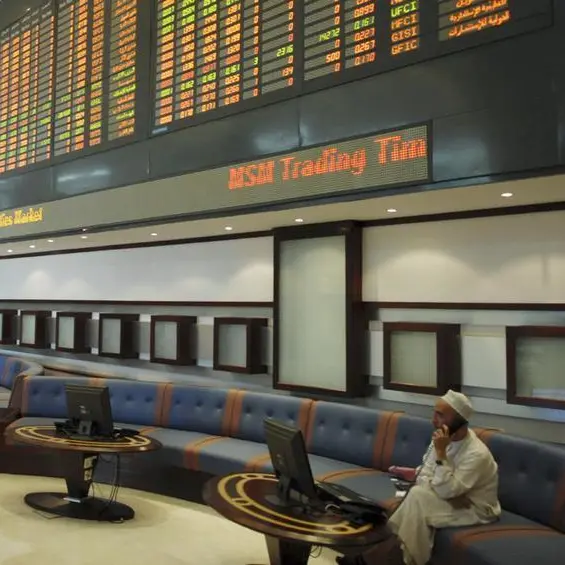The year 2018 witnessed mixed sentiments on the back of unexpected global events but 2019 is likely to be an exciting year for capital markets. The year gone by can be characterised into two halves: the first was aligned with market expectations of another year of solid returns, while the second witnessed a more drastic turnaround in outlook across the global markets.
Moreover, the last quarter of 2018 was particularly interesting as it witnessed more bearish sentiments due to growth uncertainties in China, an ongoing trade war and aggressive pace of monetary tightening by the Fed.
In general, 2018 was a highly-volatile year for capital markets, especially equities and bonds as they have largely underperformed cash, something the markets have not seen in a long time. These events have played a role in influencing the sentiments of regional markets, but were outweighed by expected recovery in regional economies and stability in oil prices. As a result, regional markets have broadly outperformed global peers, both in equities and bonds during 2018.
On the recovery path
The UAE has been on a recovery path since the start of 2018 after consolidating in 2016 and 2017. The UAE government introduced a number of initiatives during the year, which are aimed at boosting non-oil GDP. The government also remains committed to high spending levels as it announced a zero-deficit budget of Dh180 billion ($49 billion) for three years spanning 2019-21.
Furthermore, Expo 2020 Dubai is also an important event that is expected to start benefitting the broader economy from the second half of this year. According to the International Monetary Fund, the UAE is estimated to grow at 2.9 per cent in 2018 and accelerate to 3.7 per cent in 2019 compared to a growth of 0.8 per cent in 2017. The improved outlook by the IMF comes on the heels of stable oil prices and the fiscal adjustments made during 2016 and 2017 to ease the burden on the government finances and increased focus on spending. Hence, there are a number of reasons to remain bullish about the UAE's prospect for the next two years.
Positive start
UAE equities have already started the year on a positive note and this tone is expected to gain further traction in 2019 as the tide appears to be changing with improving macroeconomic environment, coupled with ongoing efforts by the government to enhance business opportunities.
In addition to the Dh50 billion stimulus that is expected to be rolled out this year, Dubai's plans of spending Dh30 billion on infrastructure development in preparation of Expo 2020 should positively impact the broader economy and boost demand going forward. These factors along with other developments have helped the Abu Dhabi index to advance by 11.7 per cent in 2018, but Dubai was broadly impacted by continued softness in the real estate sector coupled with rising interest rates and a strong US dollar.
Having said that, the worst seems to be over for the Dubai market. Valuations have become increasingly compelling and investors with medium- to long-term view should have the opportunity to buy quality stocks that are expected to benefit from the improving macroeconomic environment during the next two years.
The optimism in the equity markets will be one of the important factors in reviving IPO activity in the UAE. Another important impetus for the UAE IPO market will come from the listing of well-performing state-owned enterprises, along with larger companies mulling dual listings or listings in foreign markets, citing a mature market with higher investor activity and subscription base than the domestic markets. Currently, there are around seven firms that are expected to list in 2019, and the number could increase further with the stability in equity markets as many companies in the past have either shelved or put on hold the plans to go public.
Investment opportunity
The bond markets in the GCC have been an attractive investment opportunity for international investors amid the uncertainty seen in global markets. In 2018, the GCC benchmark index recorded gains of 0.3 per cent compared to 1.7 per cent decline in the EM JPMorgan CEMBI index and the 1.2 per cent in Bloomberg Barclays Global Aggregate Index. Among GCC nations, the UAE ranked third in terms of total issuances worth $28.2 billion. These issuances were oversubscribed by an average of 2 to 2.5 times, which signifies the high demand for high-rated debt across the region.
Furthermore, the UAE and other regional countries are due for inclusion in JPMorgan's flagship Market Bond Index starting January 31, 2018, rolled out in a phased manner until September 30, 2019. Going forward, the fixed-income market in the UAE will benefit from this inclusion in terms of funds allocation and encourage more corporates to shore up funding to capitalise on the expected growth in economic activity. The long-term funding source for corporates will also boost the deposit base of domestic banks, which will improve the liquidity and support the credit cycle going forward.
In conclusion, 2019 appears to be pointing towards a brighter year for capital market activity, especially equities after a couple of challenging years. Equity markets in the UAE are expected to rebound strongly during the year after a period of consolidation, especially in Dubai. Favourable valuation, higher dividend yields and key events should drive investor interest in capitalising the growth opportunities within the UAE going forward.
On the other hand, the expected revival in IPO activity should not only benefit the capital market activity but also boost the PE and VC activity going forward. Although the capital markets look attractive in 2019, investors will have to remain disciplined in their investment approach to minimise the potential risk going forward.
The writer is founder and CEO of Al Masah Capital. Views expressed are his own and do not reflect the newspaper's policy.
Copyright © 2019 Khaleej Times. All Rights Reserved. Provided by SyndiGate Media Inc. (Syndigate.info).





















